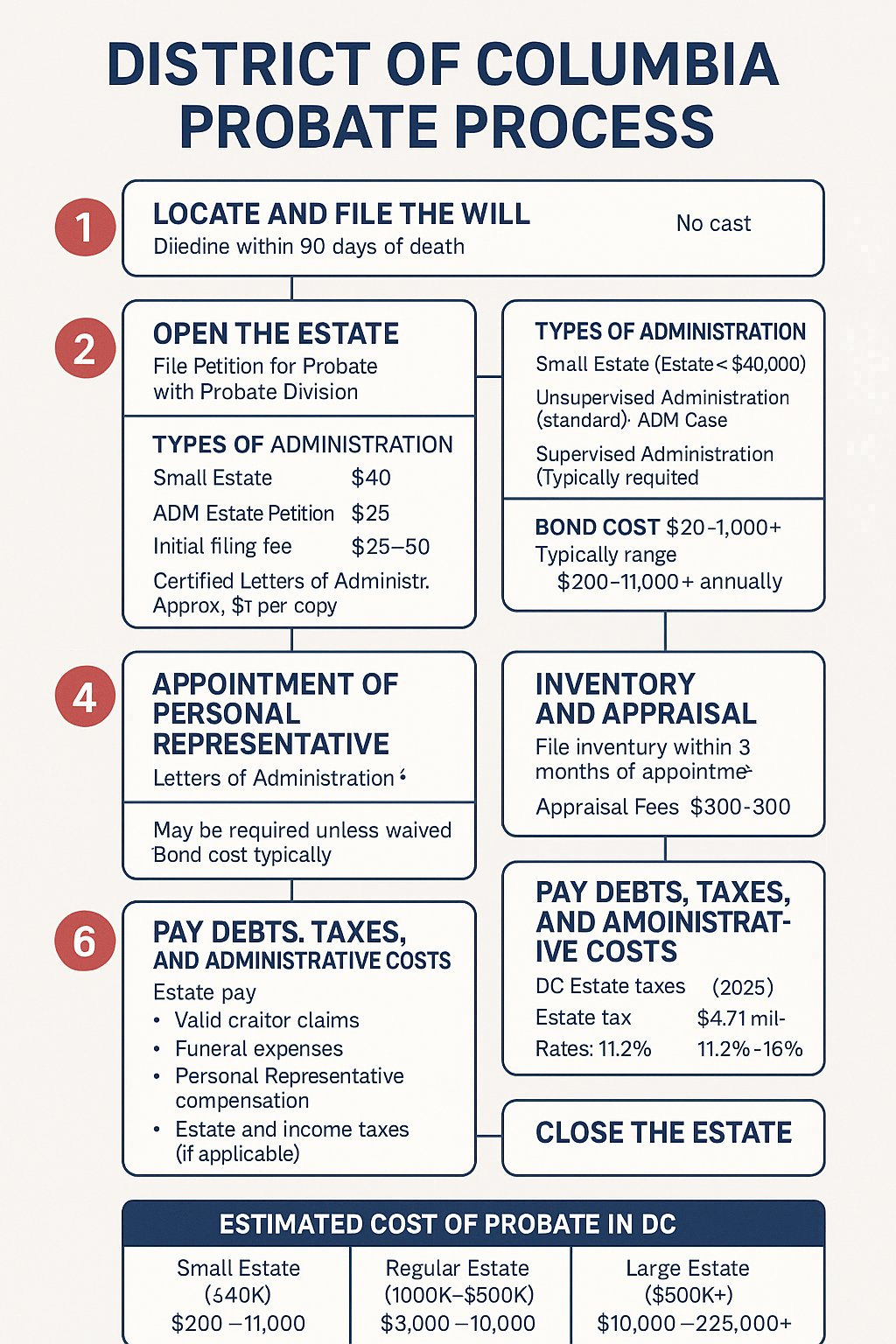🏦 What Is a 1031 Exchange?
A 1031 Exchange, also known as a like-kind exchange, is a strategic real estate transaction permitted under Section 1031 of the U.S. Internal Revenue Code. It allows investors to defer capital gains tax by selling one investment property and reinvesting the proceeds into another qualifying property, as long as specific IRS requirements are met.(IPX1031, Investopedia)
✅ Who Qualifies?
-
Only investment or business-use real estate qualifies—personal residences or vacation homes generally do not.(IRS)
-
As of the 2017 tax reform, Section 1031 applies only to real property, not personal property or equipment.(Wikipedia)
🏷️ Defining “Like-Kind” Property
-
The IRS interprets "like-kind" broadly in the context of real estate. Properties don't need to be identical—for example, a rental house can qualify to be exchanged for a shopping center or vacant land—so long as they're used for investment or business.(American Bar Association)
-
However, U.S. real property cannot be exchanged for property located outside the U.S.(IRS)
⏳ Timing Rules: The 45‑Day and 180‑Day Deadlines
-
After selling the relinquished property, you have 45 days to identify replacement properties in writing.
-
You must close on one or more of those properties within 180 days.
Missing these deadlines can invalidate the exchange.(Wikipedia, Investopedia)
🛡️ Handling Funds: The Role of a Qualified Intermediary
-
To avoid constructive receipt of sale proceeds— which would disqualify the tax deferral—funds must be held by a Qualified Intermediary (QI).
-
The QI holds the proceeds, and later uses them to purchase the replacement property.(IRS, Wikipedia)
-
This separation ensures the taxpayer never takes direct control of the money.
💰 Avoiding Boot and Partial Taxation
-
Boot refers to any cash or non-like-kind property received in the exchange.
-
If you don’t reinvest all proceeds into the replacement property, any leftover cash or reduction in liabilities may trigger taxable gain on that portion.(Wikipedia, IRS)
🔄 Types of Exchanges
-
Forward exchanges: sell first, then buy replacement.
-
Simultaneous exchanges: close both properties at the same time.
-
Reverse exchanges: purchase the replacement property first, then sell the original within 180 days. In all cases, deadlines still apply.(TurboTax, Wikipedia)
📈 Benefits of a 1031 Exchange
-
Tax deferral lets you keep capital working in your investments.(cwscapital.com)
-
Can be repeated indefinitely, delaying the tax bill until the property is sold without reinvestment—or potentially eliminated if held until death.(NerdWallet)
-
Supports portfolio diversification, upgrading assets, and resetting depreciation schedules.(cwscapital.com)
⚠️ Caveats & Risks
-
The 45‑day identification period is strict—fail to identify, and you may lose the tax benefit.(Wikipedia)
-
If proceeds are mishandled or you receive boot, the transaction may be partially or fully taxable.
-
Depreciation recapture may still apply unless depreciation is properly reset via full reinvestment.(Rocket Mortgage)
-
These transactions are complex. Professional guidance from a QI, CPA or tax attorney is strongly recommended.(Fidelity)
📊 Real-World Example
A couple sold an underperforming fourplex and used a 1031 exchange to reinvest in two separate properties—boosting rental income dramatically, from $400/month to $1,700/month—while deferring capital gains tax.(Business Insider)
📰 What’s New?
Recent reporting highlights the growing popularity of 1031 exchanges among real estate investors aiming to grow their cash flow, upgrade portfolios, and sidestep taxes legally—especially when used alongside strategies like the Section 121 residence exclusion.(Business Insider)
Summary Checklist
-
Confirm eligibility: Both properties must qualify as investment or business-use real estate.
-
Partner with a Qualified Intermediary to manage sale and purchase funds.
-
Sell the relinquished property—funds must go through QI.
-
Identify replacement property(ies) within 45 days.
-
Close on the replacement property within 180 days.
-
Invest all proceeds into like-kind property to avoid boot.
-
File IRS Form 8824 reporting the exchange.
-
Consult professionals to tailor the exchange structure and avoid pitfalls.
Using a 1031 exchange wisely can unlock powerful benefits—tax deferral, portfolio growth, and asset flexibility. But navigating strict rules and timelines requires precision and care. Always coordinate with tax professionals and qualified intermediaries to ensure compliance and maximize value.



